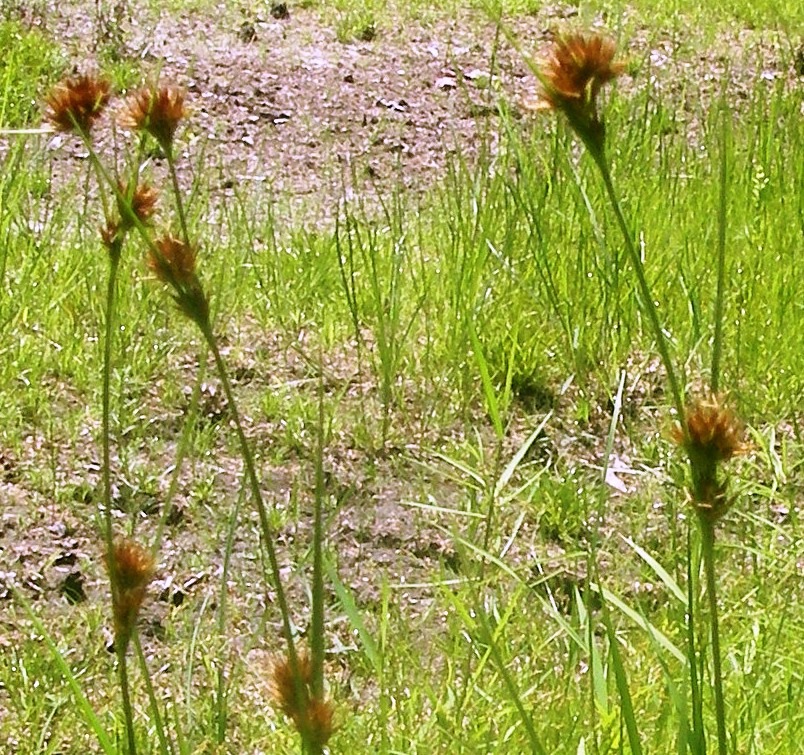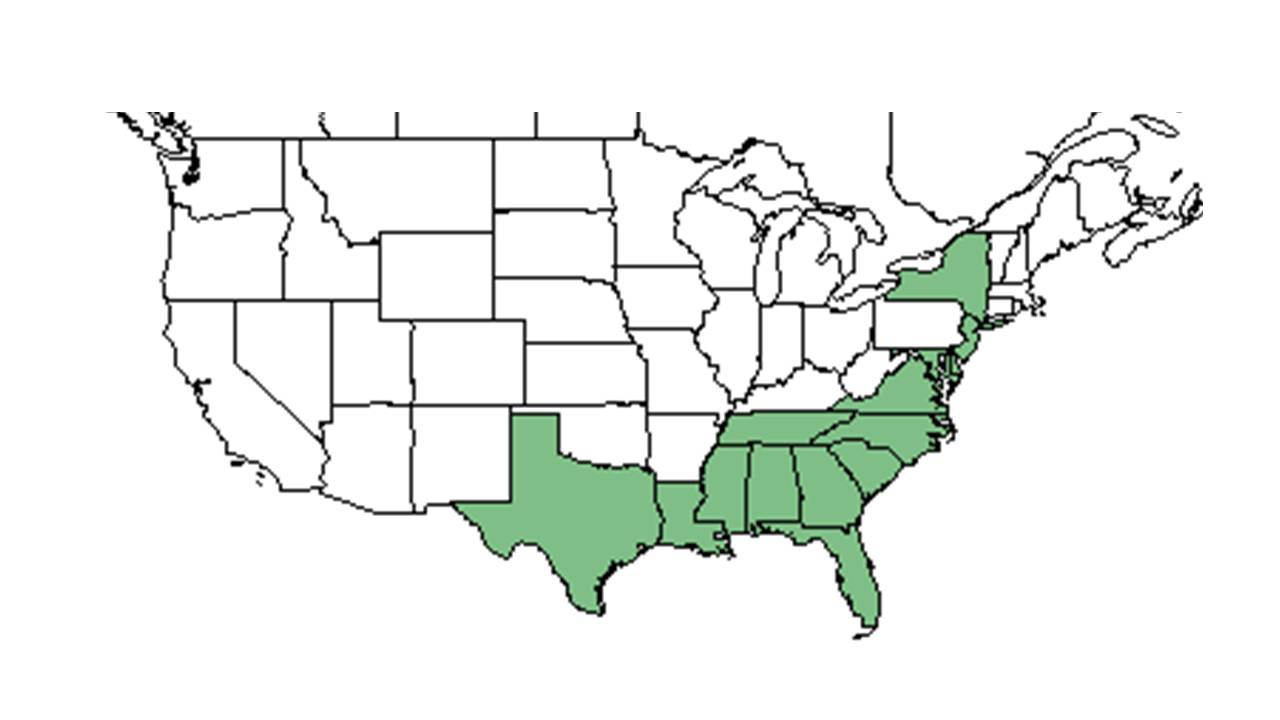Difference between revisions of "Rhynchospora chalarocephala"
HaleighJoM (talk | contribs) (→Ecology) |
|||
| Line 41: | Line 41: | ||
<!--===Seed dispersal===--> | <!--===Seed dispersal===--> | ||
<!--===Seed bank and germination===--> | <!--===Seed bank and germination===--> | ||
| − | <!--===Pollination and | + | <!--===Pollination===--> |
| + | <!--===Herbivory and toxicology===<!--Common herbivores, granivory, insect hosting, poisonous chemicals, allelopathy, etc--> | ||
<!--===Diseases and parasites===--> | <!--===Diseases and parasites===--> | ||
Latest revision as of 15:14, 15 July 2022
| Rhynchospora chalarocephala | |
|---|---|

| |
| Photo by W. A. McAvoy, 2015. The Flora of Delaware Online | |
| Scientific classification | |
| Kingdom: | Plantae |
| Division: | Magnoliophyta – Flowering plants |
| Class: | Liliopsida – Monocotyledons |
| Order: | Cyperales |
| Family: | Cyperaceae |
| Genus: | Rhynchospora |
| Species: | R. chalarocephala |
| Binomial name | |
| Rhynchospora chalarocephala Fernald & Gale | |

| |
| Natural range of Rhynchospora chalarocephala from USDA NRCS Plants Database. | |
Common name: Loosehead beaksedge, Loose-headed beaksedge
Contents
Taxonomic notes
Synonyms: none
Varieties: none
Description
A description of Rhynchospora chalarocephala is provided in The Flora of North America.
Distribution
Rhynchospora chalarocephala is widespread across the southeastern Coastal Plain region with disjunct populations in the Eastern Highland Rim and Cumberland Plateau regions of Tennessee and Kentucky.[1]
Ecology
Habitat
Rhynchospora chalarocephala can be found in pine savannas, open depressions in oak-hickory woodlands bordering titi, thickets boardering lakes, seepage slopes, bogs, boggy savannas, open pine flatwoods, pond edges, swampy Hypericum/Ilex thickets, swampy woodland edges, margins of sinkhole ponds, cypress swamp edges, and stream edges.[2] It can also occur along logging roads, edges of titi bogs bordering logging roads, powerline corridors, hillside seepages, hiking trails in wiregrass-longleaf pine woodlands, roadside ditches, disturbed roadside seepage bogs, and culverts.[2] Soil types include sandy peat, sandy loam, loamy sand, mucky soil, peaty soil, sandy alluvial soil, and peat over white sand.[2]
Associated species include Xyris jupicai, X. baldwiniana, X. drummondii, X. scabrifolia, X. difformis var. curtissii, X. longisepala, Orontium, Lilium iridollae, Platanthera blephariglottis, Mayaca, Triadenum, Pinguicula, Sarracenia, Sarracenia alta, Fuirena, Bacopa, Hypericum, Ilex, Drosera capilaris, Eriocaulon texense, Eryngium integrifolium, Liatris pycnostachya, Marshallia tenuifolia, Polygala ramosa, Ptilimnium costatum, Rhynchospora oligantha, R. macra, R. fascicularis, R. gracilen, Scleria reticularis, Rhexia, Scirpus cyperinus, Mikania, Polygonum, Nyssa, Pinckneya, Magnolia, Liquidambar, Quercus, and titi.[2]
Phenology
Flowering has been observed July and August and fruiting March through November.[2]
Conservation, cultivation, and restoration
Cultural use
Photo Gallery
References and notes
- ↑ Sorrie, B. A. and A. S. Weakley 2001. Coastal Plain valcular plant endemics: Phytogeographic patterns. Castanea 66: 50-82.
- ↑ 2.0 2.1 2.2 2.3 2.4 Florida State University Robert K. Godfrey Herbarium database. URL: http://herbarium.bio.fsu.edu. Last accessed: July 2015. Collectors: Robert Kral, Loran C. Anderson, Robert K. Godfrey, Wilson Baker, A. F. Clewell, T. MacClendon, K. MacClendon, G. Wilder, B. Thomas, J. Roche, Steve L. Orzell, Edwin L. Bridges, Chris Buddenhagen, Austin Mast, W. W. Thomas, Becky Bee, Bob Moyer. States and Counties: Florida: Bay, Calhoun, Clay, Franklin, Gulf, Jackson, Leon, Liberty, Okaloosa, Santa Rosa, Wakulla, Walton, Washington. Georgia: Worth. New Jersey: Ocean. North Carolina: Brunswick. South Carolina: Horry. Texas: Jasper. Compiled by Tall Timbers Research Station and Land Conservancy.